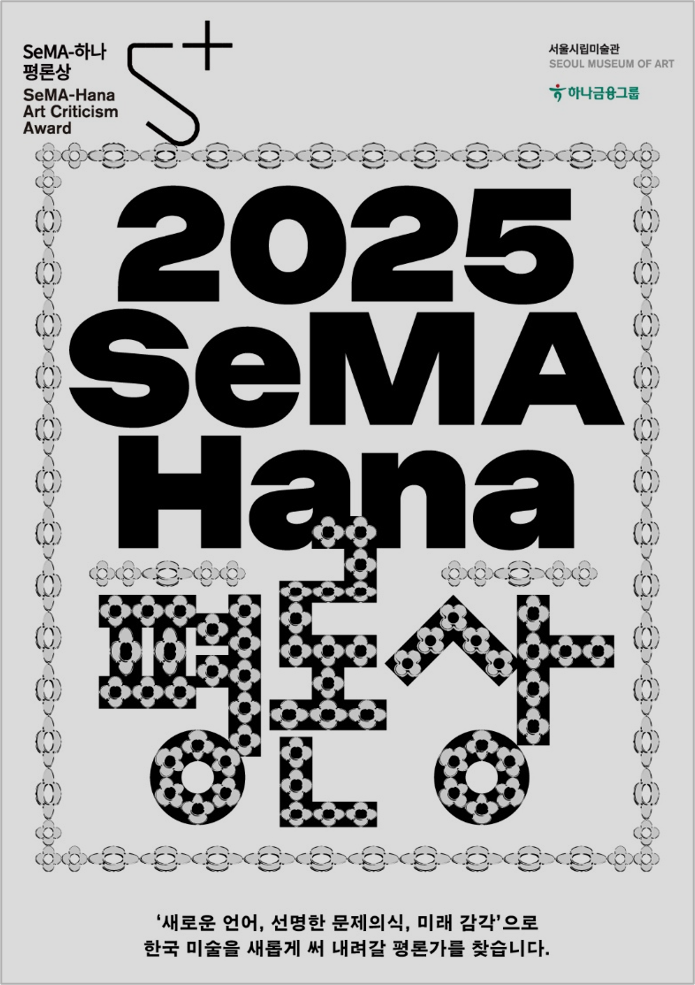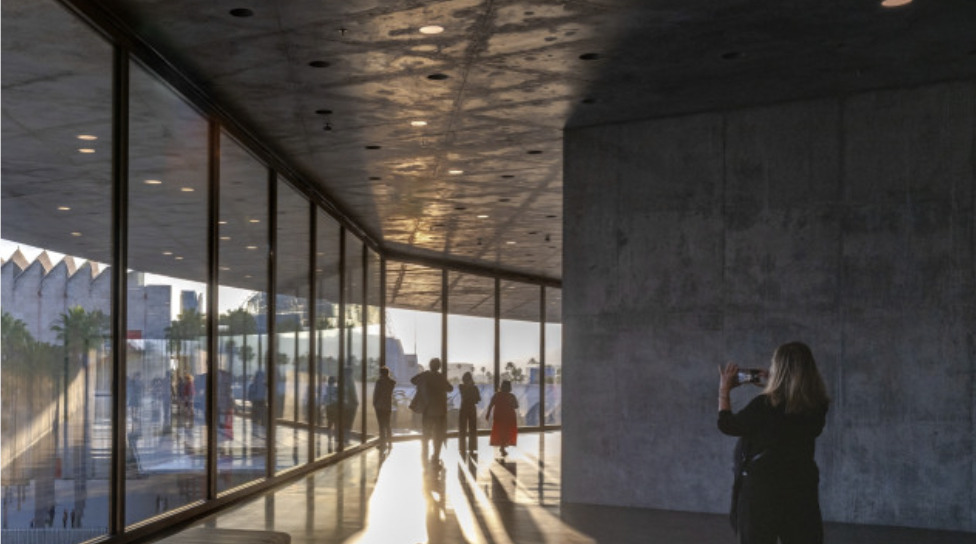K-Culture
is reaching out to the world. The anticipation for Squid Game 2, set to
stream in December, and the global sensation of BLACKPINK's Rosé and Bruno
Mars's collaboration on the song “APT” show that Korean culture has grown far
beyond a passing trend. Instead, K-Culture is now firmly establishing itself as
a powerful pillar in the global cultural landscape.

An album cover for Rose's single, titled "APT", Oct. 18. Courtesy of The Black Label
Recently, the Nobel Prize in Literature awarded to
author Han Kang is a monumental recognition of the profound narratives and
sensitivities in Korean literature. Han's works, which capture the complexities
of Korean life, pain, and resilience, resonate deeply with readers worldwide.

Squid Game 2 Trailer / Source: Netflix
However,
while the Nobel Prize elevates the status of Korean literature, true
globalization requires translations, marketing strategies, and robust promotion
of Korean authors that align with global standards. In this sense, the current
challenges of Korean literature are not unlike those facing Korean contemporary
art.

South Korean author Han Kang is the 2024 recipient of the Nobel Prize in Literature.
the English translation of Han’s novel The Vegetarian (Getty Images / Jeff Spicer)
Minji’s
"Text Hip" and RM’s "Itssubility"
Recently,
the Nobel Prize in Literature awarded to author Han Kang is a monumental
recognition of the profound narratives and sensitivities in Korean literature.
Han's works, which capture the complexities of Korean life, pain, and
resilience, resonate deeply with readers worldwide.
However,
while the Nobel Prize elevates the status of Korean literature, true
globalization requires translations, marketing strategies, and robust promotion
of Korean authors that align with global standards. In this sense, the current
challenges of Korean literature are not unlike those facing Korean contemporary
art.
 NewJeans’
Minji Reading The Age of Innocence <.I>in the
‘Bubble Gum’ Music Video / Photo Courtesy of MBC
NewJeans’
Minji Reading The Age of Innocence <.I>in the
‘Bubble Gum’ Music Video / Photo Courtesy of MBCFor
BTS’s RM, "Itssubility" signifies an approach to self-expression that
goes beyond presence—it conveys genuine identity through depth of interest and
understanding.
RM
shares his knowledge and passion for art with fans, encouraging them to engage
with art in a way that feels both accessible and meaningful. RM’s
"Itssubility" exemplifies a new way for K-Art to connect with younger
generations, hinting at the potential for art to become both popular and
authentic.

BTS RM Viewing an Art Museum Exhibition
K-Art,
A New Beginning on the Global Stage
Amid
K-Culture’s global rise, interest in K-Art is also accelerating. At the Tate
Modern’s Turbine Hall, the Korean artist Mirae Lee’s exhibition reveals the
potential and vision of Korean contemporary art that can resonate worldwide.
This exhibition is a promising example of K-Art’s ability to captivate a global
audience in the near future.
 Mirae
Lee’s Exhibition "Open Wounds" at Tate Modern
Mirae
Lee’s Exhibition "Open Wounds" at Tate ModernIn the iconic Turbine Hall of Tate Modern, one of the UK’s leading contemporary art museums, a 7-meter-long turbine spins continuously, while 54 chains hang from the ceiling, draped with faded pink fabric pieces. The sound of viscous liquid dripping steadily fills the space, creating an immersive and haunting atmosphere.
Korean
contemporary art has already gained recognition for its originality and
aesthetic depth, but it still lacks the necessary infrastructure and experts to
fully support it.
To
establish K-Art on the international stage, there is an urgent need for
specialized professionals—curators, critics, and managers—who can strategically
promote Korean art worldwide. National and public institutions should take the
lead in developing professional education programs and expanding networks with
major global art institutions, galleries, and art fairs.
Only
through these efforts can K-Art consistently maintain a meaningful presence in
the global art scene.
As
K-Culture continues to gain traction, the door is also wide open for K-Art to
step onto the world stage. To keep up with this powerful movement, Korea must
focus on advancing, structuring, and professionalizing its contemporary art
scene. The question, "When will the era of K-Art arrive?" is answered
by our commitment to preparing for that era—starting now.






















